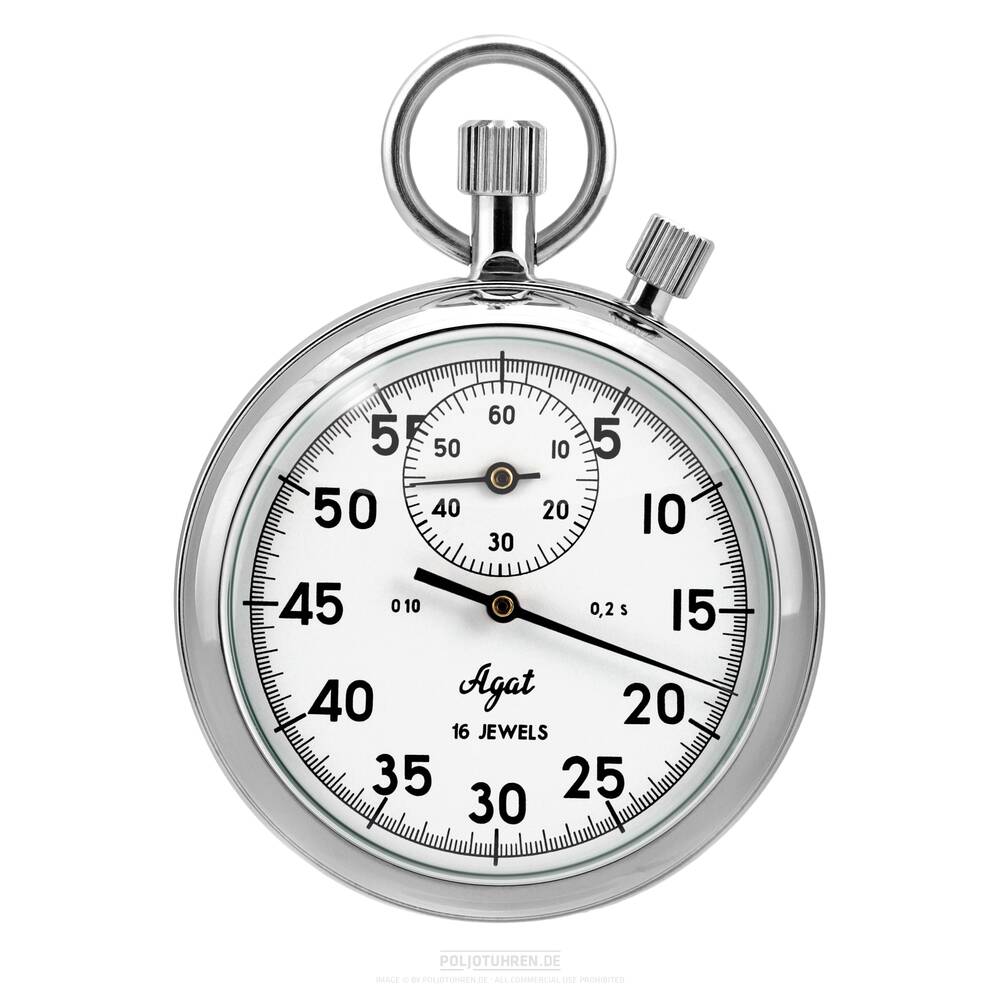
It’s coming up on the turn of the year, and that means it’s going to be New Year’s Resolution and goal-setting season. For most people, this is a yearly exercise in futility. They’ll spend lots of energy cooking up ambitious, nice-sounding goals and big plans… only to see those deadlines go whooshing by and garner another kick in the balls to the ego.
Sound familiar?
The problem isn’t really goal-setting, per se.
It usually isn’t motivation.
And it isn’t a work ethic issue.
Where it breaks down is HOW the goals are set and the follow-through.
I had a conversation recently with a client who, after years of feeling stuck, has finally started to knock down some dominoes. In his words “I feel like I took the emergency brake off and now I can drive”. I’ve been there myself and I know that’s a powerful feeling.
What changed?
We retooled his process for goal-setting and achievement.

Let’s look at how most people set goals. This is usually one of three things:
- They imagine things that they want to do and “go for it”. This is basically a wish and, like most wishes, rarely come to fruition.
- They set real, concrete goals, which is better than a wish… but then lose them in the rush of the day-to-day.
- They set some sort of a goal using a framework, like a SMART goal, and then end up frustrated when they don’t hit their targets. This is where we can make some really effective tweaks.
I’m sure you’ve heard of SMART Goals, but in my experience they get more wrong than right.
More often than not, the energy is in the setting of the goals and then achievement drops off dramatically.
First, if you don’t know, what is a SMART Goal?
It’s an acronym for:
S – Specific
M – Measurable
A – Achievable
R – Realistic or Relevant
T – Timely or Time-bound

It’s become the corporate “go-to” framework for goal setting.
The SMART Goal framework isn’t bad to get started, but it has some severe flaws and they lead to a lot of goals not being achieved.
The three components I find the least useful are the three that get harped on the most: Specific, Measurable, and Time-bound.
Let’s start with Specificity, or how to select goals in the first place.
Like a Dog Trying To Pick Up Two Bones
My dog, The Sophie, has these stuffed toys that she loves. They’re little replicas of the character Lambchop, from the old kids’ show, Lambchop and Friends, if you remember it.
Most of the time she can be seen wandering around carrying one of her two Lambchops. One’s old and kinda gross while the other is pretty new. For her, though, they seem equally compelling. When she sees someone new, the first thing she insists on doing is showing them her Lambchop.
Occasionally, she’ll get excited and try to grab both of them at the same time. This modern-day example of the old parable about the dog trying to pick up two bones never really works out for her. I laugh and would like to think that I would know better… but do I?
How often have I tried to attack competing goals simultaneously? More than I’d like to admit. I know I’m not alone.
Most of the new people I talk to are self-admitted Type A/High Performer types. They’re almost always frustrated because there’s so much they want to do but never seem to have enough time or aren’t quite able to punch it over the finish line.
When we dig into their goals a bit, I find that they’re doing the same thing – Chasing multiple, competing targets which only leaves them frustrated.
The truth is that we only have so many resources at one moment – Time, money, recovery, and so on.

You can probably have everything you want, but you can’t necessarily have it right now.
To help reduce that overload, a system that’s worked well for my clients and I is to break our goals down into categories and focus on only one or two from a single category. Here’s the six categories I like. You may find some don’t apply to you or that you have some others, but the principle remains:
1 – Health and Performance
These are your physical goals. Maybe you want to train for a marathon, gain eight pounds of muscle, and bench press your bodyweight for ten reps. Each of those is a fine target, but doing them all at once is a recipe for struggle.
2 – Relationships
Relationships include your family, friends, and loved ones. Focusing on fixing a struggling relationship, reconnecting with old friends, making new friendships, and actively deepening your connection to your kids will leave you busier than a one-legged man in an ass-kicking contest. All of those are good, but only go deep on one or two at a time.
3 – Wealth and Work
Wealth and work is your business life. Acquiring a rental property, getting a promotion, maxing out your retirement account, and building a side hustle is a lot to handle. Figure out where you should focus at this point.
4 – Personal Goals

These are your bucket list type items. Maybe you want to write a book that’s been calling to you. Ok, well then it’s probably not the time to hit a big traveling spree, knock off a mountain climbing tour, or build your antique collection. There’s only so much hobby time available.
5 – Personal Development
These are your skills and mental/spiritual practices. If you’re like me and you want to start learning to do wood carving then that’ll take up some downtime. It’s probably not the time to learn a bunch of other skills or do a deep dive into another practice, as well.
6 – Community
This is your greater community, however you define it. We’re social beings by nature, even those of us who tend to be on the introverted side. Whether it’s curating an online forum, connecting with coworkers, or doing something in your neighborhood it’s a good thing to be a part of something… but pick and choose to stay within your abilities.
Over time, as you accomplish more things and knock them off the list, you’ll move to different goals and seasons of life. At one point you may be deep in your physical and work life and so community and personal goals may take a bit of a back seat. In another season those may be flipped. The key is to learn to focus on a few things and do them well, so that you can then free up the resources to do more things later.
“Measurable” Doesn’t Mean What People Think It Means.
“I want to lose 20 lbs” or “I want to make $250k/yr”.
Those are fine outcomes to acquire, but your brain has a really hard time understanding what those numbers actually mean. The brain doesn’t think in terms of numbers. It thinks in terms of emotions and things it can visualize.

Numbers on a scale or in a bank account are sterile. There’s no context for the brain to work with. Without that context there’s not much emotional connection to pull you along when things get tough.
Instead of just focusing on a number, imagine what your life will be like when you achieve what you want.
REALLY dig in. Use all your senses to picture it.
Got it?
Good.
Now you have something “real” to shoot for. This is something your brain can focus on.
Also, you might find that in order to achieve that thing you really wanted – Your numbers don’t fit. You may realize that in order to live the life you really want, you need a fraction of that $250k/year, or the opposite. By focusing on the objective, not the numbers, we can achieve much higher clarity on what we’re really going for.
Building a Timeline
The other big problem is the Time-bound element.
Now, it’s important to have urgency and a general timeline. Otherwise nothing gets done. Having that time element in our goals keeps us moving.
However, the finer details of timelines are often out of our control.
With a strict, ambitious timeline but no control, you’re at high risk of disaster. Your success and failure is at the whim of forces outside your control. To some degree this is almost always the case, but here you’re making it a primary variable.

If you could complete your objective way too early then either it wasn’t ambitious enough or you took on too much risk.
If you can’t complete it in the timeline you set, then you set yourself up for blame and shame.
A few cycles of failed goal timelines and you’ll either train your brain to become more cautious – leading to smaller or less wins, or you’ll train it to view your self-image as a failure and you’ll stop trying hard.
This is not the way.
So what do we do instead?
We focus on outcomes and minimum requirements, not goals.
What is the bare minimum pace you’re willing to accept, and be good with, to achieve that outcome?
Let’s say that you have a real outcome of being able to wear size 34” pants. You’ve done the work to imagine what your life and physique will look like at that point. You currently wear size 38” pants. You decide that you’d be happy if you did it in a year. Of course you’d like it faster, like tomorrow (we all would), but a year is something you’re good with.
Now you’ve created a minimum timeline, which is not the same as an absolute timeline. This allows you to measure whether you’re getting closer or farther to your objective and turn up or lower the heat depending on your ability.
Next, pick an evaluation timeline. This isn’t going to be as strict as being time-bound to your specific goal. Instead it gives us a schedule to shoot for and, more importantly, when to evaluate progress.

I like 90-day chunks. Each quarter of the year is about 13 weeks, so that gives us 12 weeks of focused work and a week of downtime/reflection/planning the next block.
Now work backwards:
1) You know where you want to be.
2) You know where you are.
3) Trace the steps backwards.
If you don’t know the final few steps, that’s fine. Map out the milestones that you can. The rest will become clear as you get closer.
Fill in your process goals and targets:
What do you have to do regularly (daily, every other day, weekly) in order to make the steps you’ve outlined start happening?
The important thing for these process goals are that they are activities you have control of.
For example:
Losing five pounds is not a process goal. It might be a good milestone, but you don’t directly control whether you lose it or not. Your actual scale weight on any given day could be affected by all sorts of things from hydration to inflammation to hormones.
Getting to the gym 3x/week IS a process goal.
Barring something unusual, you are in control of achieving that goal.

Next we set up a review. I like two types:
1) A “formal”, scheduled review. This could be weekly, monthly, or whatever makes sense.
This review is where you say “Ok, am I on track? What’s working, what’s not, where do I need to course correct?”. Here’s where you look at your data.
2) An informal “Review Your Direction”, as my mentor Brian Grasso calls it.
This is something you’d do daily or even multiple times per day by going through the positive steps you’re taking and reminding yourself of what you need to do. This serves a dual purpose of charting your immediate course and refocusing the brain towards your objective.
Bringing It All Together
Instead of setting arbitrary goals, SMART goals, or (at worst) just wishing:
1) Focus on Outcomes not “goals”
2) Pick 1-2 from each category
3) Build a tracking, but not strict timeline
4) Work backwards
5) Build processes
6) Utilize structure and inspiration reviews to stay on track
If you want particular results, you’re going to want a particular process. Using this process to build REAL smart goals will help you get there. Once you’ve conquered your first round of goals, simply rinse and repeat. Just like hitting the gym, you’ll get stronger over time.
If you’re looking for somewhere to start, I’d recommend my free Ignite the Spark mini-course. Over seven days we go through each piece of the puzzle, with actionable steps, to give you momentum to turn your wishes to achievable goals and get you on the way to them.
